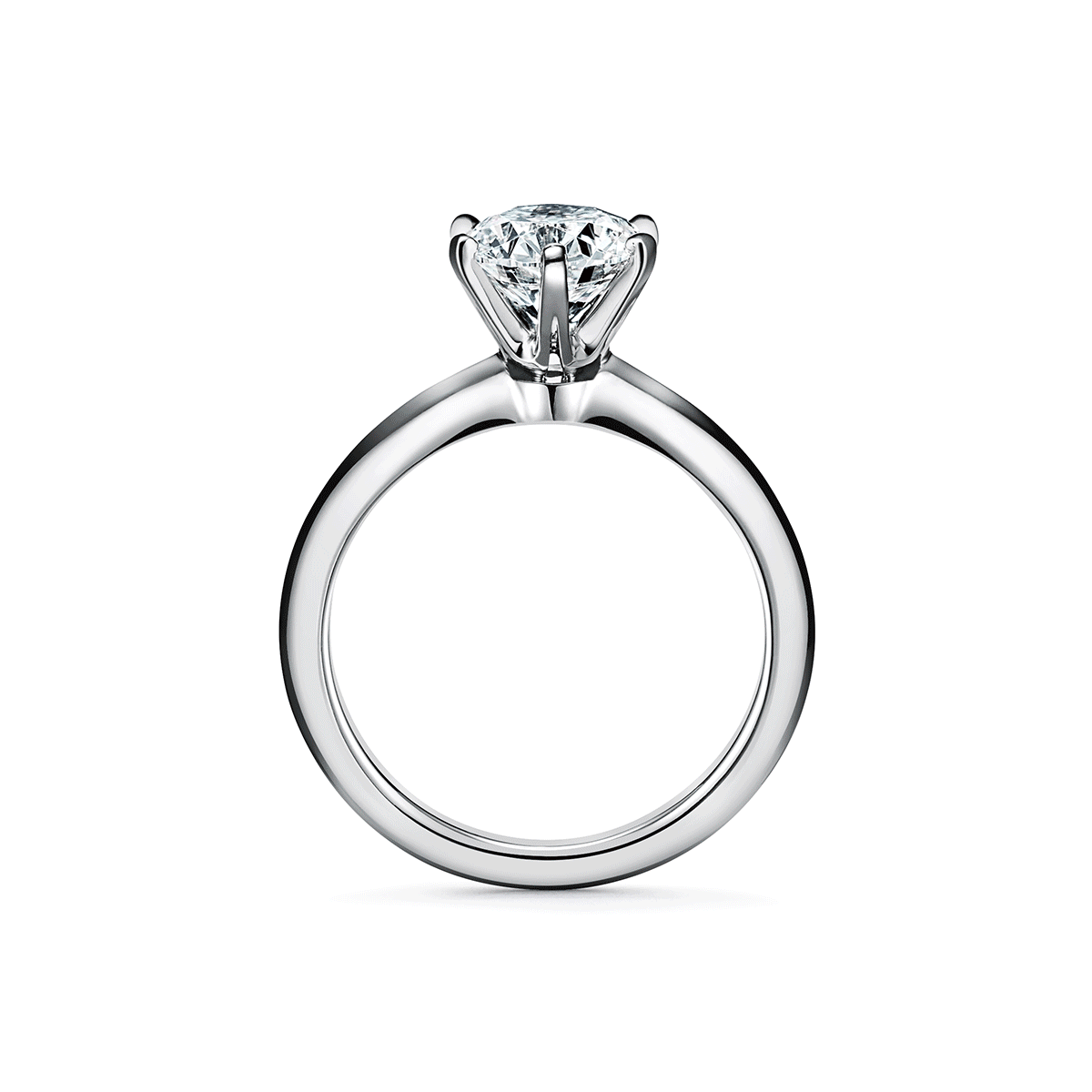Behind its mask of frivolity, fine jewelry, meant to endure for decades, manages to be both aesthetically compelling and intrinsically valuable. Tiffany, a company that was founded in 1837 (which means it has weathered world wars, vast social upheavals, and another pandemic), has just launched Tiffany T1, a new collection that celebrates and expands the iconic T motif that John Loring, the company’s design director emeritus, introduced in the early 1980´s.
“Jewelry has always been something people have received as gifts, something that marks a time of happiness, a moment in a relationship, an accomplishment,” explains Reed Krakoff, Tiffany & Co.’s chief artistic officer, musing that this may be the perfect moment to appreciate beautiful things. “Jewelry is something to be passed down, something you have your whole life, that you wear countless times.”

The T1 collection includes 18-karat rose gold bracelets and rings in wide and narrow widths, with some styles set with pavé diamonds in a honeycomb pattern. There is a quietly elegant rose gold band, but then again there is also a high jewelry necklace that boasts mixed-cut diamonds and is priced at $150,000—to dazzle around the house until the crisis is over! Still, that little rosy ring is a mere $850 (if you can resist the temptation to stack them.)
Loring, the original creator of Tiffany & Co.’s wildly successful T motif, says its success lies in the design’s simplicity: “Tiffany has always been about going back to basics. With utter simplicity there is no place to hide any mistakes that you make.” The best examples, he says, are meant to seduce from all angles: “Jewelry does not live in a display case—it is part of the woman who wears it. Jewelry needs to be in constant motion.”
Krakoff emphasizes that these new jewels are in fact meant to be worn every day by a woman in constant motion as well. “T1 really expresses the leading edge of where Tiffany is going,” he says. “It’s the idea of a woman buying something for herself,” a testament, he declares, to her “strength and empowerment.”
And in the end, it is really about strength and empowerment and hope—that one day soon, full of life and love, we will shed our masks and our gloves, and go out into the world with our jewelry twinkling in the sunshine. Or as Krakoff puts it, “I do think people want something to dream about.”

No comments:
Post a Comment